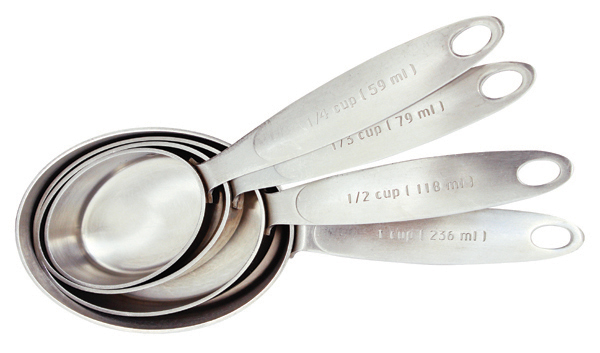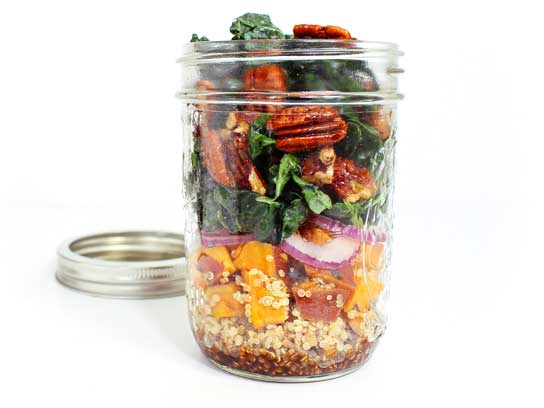What you put on your skin obviously has a huge impact on your pores and complexion. But beauty is a two-way street, meaning what you're putting into your body is reflected on the outside, too. When I'm eating really green and clean, I look and feel better.
So what nutrient-packed foods can really deliver a beauty boost when you eat them? Here are seven superfoods we love to incorporate into our diet and for tips to add them to yours. Your moisturizer is totally going to understand.
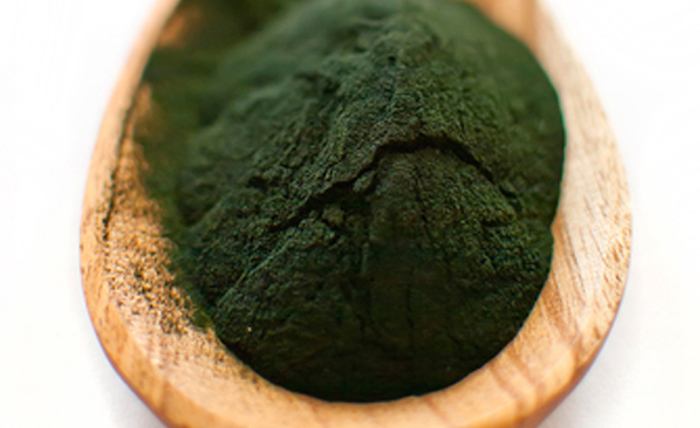 Spiraling
SpiralingYou may have seen this ingredient in your green juice or smoothie before and wondered what the heck it is. Spirulina tablets and powder are blue-green algae derived from the big blue sea and some freshwater lakes. And it's anecdotally known to help clear up skin and give it a healthy glow. She loves it as a beauty food for its protein, vitamins A, K, and B-12, iron, magnesium, and as a probiotic, which is essential for great skin. Sprinkle powdered spirulina into your smoothie, or even into pancakes, a stir-fry, scrambled eggs, or pesto for a beauty boost.
 Lemon
Lemon Take your water to the next level by keeping some lemons on hand. Lemons are rich in powerful antioxidants that may stimulate liver enzymes to help flush toxins from your beautiful body. When toxins are flushed out, they'll be less likely to show up on your skin. Enzymes in lemons have also been shown to boost collagen, the building blocks of healthy skin. Squeeze the slices into water to drink throughout the day. Easy!
 Avocado
AvocadoAt least one every day! I put them into everything from smoothies to salads to face masks. Avocados contain a boatload of benefits, like anti-inflammatories, vitamins E, C, K and B6, and fiber, in addition to being a great source of heart-healthy monounsaturated fat. This is the best fast-food on earth! And their antioxidants help fight free radical damage, while the fatty acids really help nourish, hydrate, and plump the skin by protecting the health of the cell membrane.
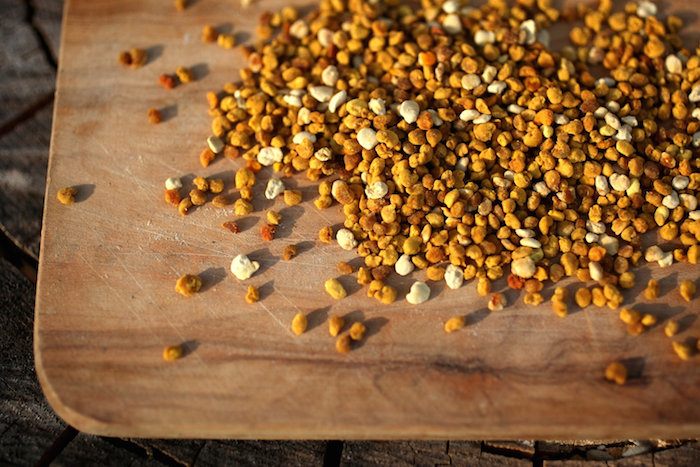 Bee Pollen
Bee PollenSprinkling this natural multivitamin loved by natural health advocates into your smoothies or on top of your granola or yogurt is a great for your skin. Bee pollen naturally contains vitamins, minerals, amino acids, fatty acids, and more -- it's a beauty-boosting super cocktail. Be sure to keep it in your fridge so it stays fresh. (And, of course, skip it if you're allergic to bees.)
 Fish Oil
Fish OilFish oil is high in omega-3 fatty acids and is fabulous for healthy skin, particularly to help alleviate psoriasis and acne. (Possibly because fatty acids have been shown to reduce the body's production of inflammatory compounds.) While you can get it by eating fish, of course, if you're taking it as a supplement, do it with food to increase absorption.
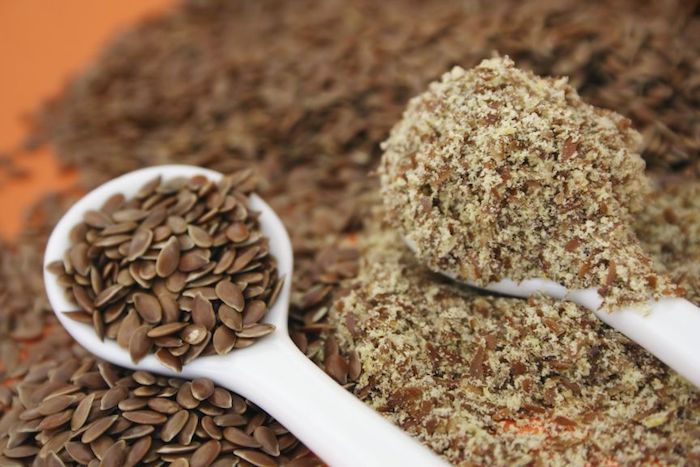 Flaxseed Meal
Flaxseed MealEat flaxseeds after they're ground, when your body can easily digest the antioxidants, omega-3 fatty acids, fiber, and alpha linoleic acid versus whole flax seeds (which move through the system undigested). Adds it into oatmeal, eggs, salad, or tomato sauce when making pasta.
 Miso Paste
Miso PasteMiso paste is an amazing fermented food, which is incredible for your digestion and complexion, since good gut health is the foundation of great skin. Bonus kitchen tip it's really easy to eat: You make make a miso soup simply by mixing a tablespoon into hot water. Toss in a few veggies, and voila!
~Thanks to Jamie McKillop
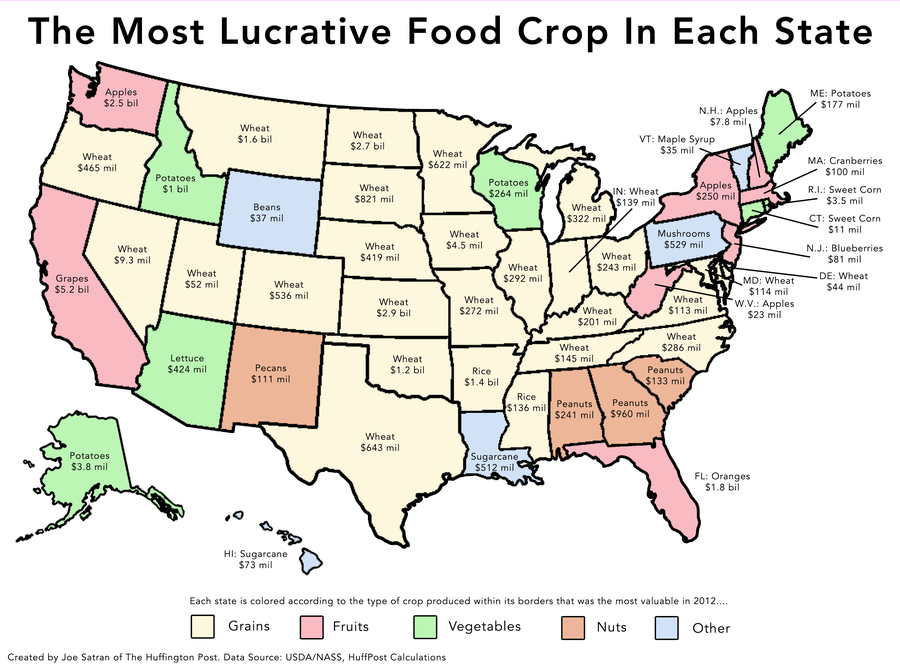
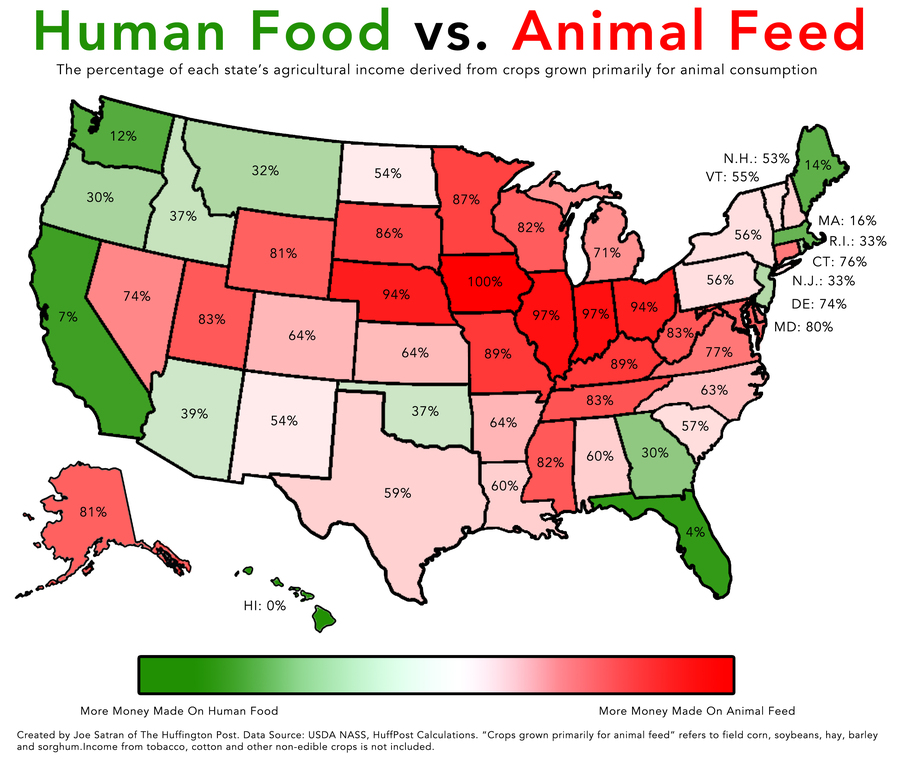
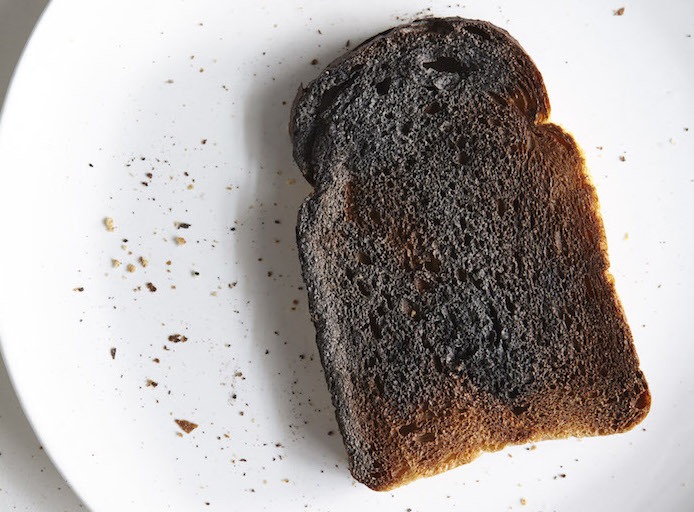 1. Break up with bread
1. Break up with bread 2. Do intervals! (AKA exercise like kids play)
2. Do intervals! (AKA exercise like kids play) 3. Don't look at any screens one hour prior to bedtime
3. Don't look at any screens one hour prior to bedtime  4. Swear off sugar
4. Swear off sugar 5. Learn this chill out yoga pose
5. Learn this chill out yoga pose 6. Do something you love for at least 10 minutes a day
6. Do something you love for at least 10 minutes a day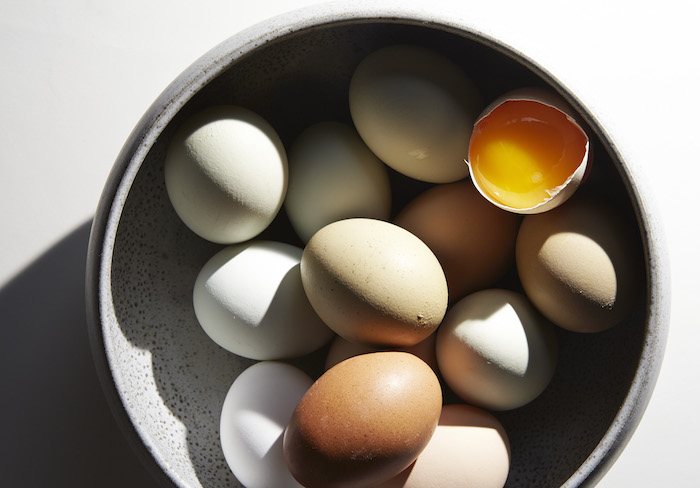 7. Eat the yolk
7. Eat the yolk 8. Consider clutter the junk food of your home
8. Consider clutter the junk food of your home 9. Get 15 minutes of sunshine a day
9. Get 15 minutes of sunshine a day  10. Honor thy feet
10. Honor thy feet